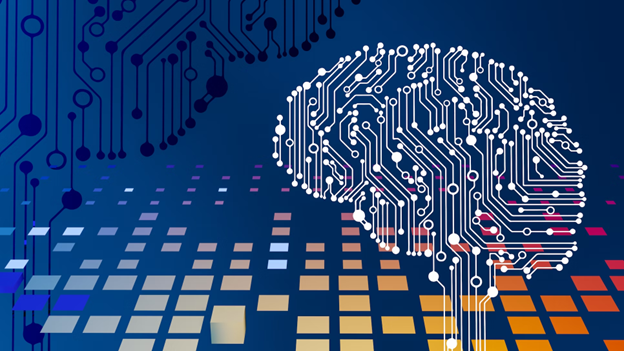Post contributed by Miles Oliver
Artificial intelligence (AI) programs like ChatGPT, Gemini, and Microsoft Copilot have made headline news in recent years, as millions of people have tapped into the power of generative AI to produce copy, create graphics, and check code.
However, AI and machine learning (ML) can do far more than simply serve curious creatives or speed up graphic design projects. When leveraged correctly, ML software can create capabilities within networks that spot errors, improve connectivity, and enhance the functionality of future 6G networks.
That said, AI and ML programs will require significant oversight to be effective. Proper oversight is critical, as AI programs can generate real-time insights but often lack the wider context necessary to make informed decisions.
AI and the 6G Revolution
ML is sure to improve the efficiency and performance of next-gen networks. However, contrary to the hype, artificial intelligence has actually been a part of existing networks for half a decade. As Rohde & Schwarz’s Andreas Roessler explains, 5G AI “involved gathering lots of data” and that advanced AI analytics have been used to “improve network functions and simplify operations.”
However, as AI’s power has progressed, more has become possible. This rapid advancement is why many speculate that 6G will do far more than build on previous progress — it will create an entirely new way of leveraging AI to improve networks. This expected leap is typically pitched as an “AI-native network” and contains several key features, including:
- AI implementation as a foundational element, rather than an “add-on” used in specific scenarios.
- Processes like network protocols, signal processing, and system optimisation will use AI as a built-in feature.
- Increased ability to transfer AI models between networks, thus improving integration.
- Improved lifecycle management thanks to enhanced data availability.
ML systems must be tested relentlessly before release for AI to be implemented successfully. However, analogue disruptions like carrier frequency offset can disrupt accurate testing. But not all is lost. ML systems can use “impaired data” — information affected by these disruptions. As Roessler states, “Neural receiver models must be trained with impaired data to handle analogue impairments.” By training ML programs with impaired data, the roll-out of 6G techniques like neural receiving can be made that much smoother.
Next-gen AI can enhance efforts to train neural receivers with impaired data by generating training data. In this sense, generative artificial intelligence is best used to mimic user input without causing delays or disruption to real users. This will minimise error rates when technology becomes public and improve the capabilities of neural receivers.
Network Monitoring
AI can be used to improve the resilience and reliability of next-gen networks. Many even predict that zero-touch cognitive networks will empower intelligent network elements to conduct their own maintenance and monitoring. This approach can improve connections between decentralised networks and improve local learning and decision-making at distributed sites.
However, for the transition to 6G and Industry 4.0 to be successful, ML programs must be trained to follow network monitoring best practices. This may prove tricky, as human telecom experts who currently maintain networks are capable of understanding the wider context of networks and can quickly define new network goals based on user needs. That said, AI can offer improved:
- Key Performance Indicator (KPI) monitoring;
- Proactive testing and changes based on historical data;
- Documentation and data cleaning;
- Identification of anomalies that may be security threats.
AI models can be trained to understand more than one data type and can leverage SNMP, custom scripts, and API data with relative ease. As such, leveraging AI within monitoring plans can enhance the efficiency, resilience, and security of next-gen networks. This is crucial, as emergent technology like 6G has to convince users that the tech is safe, reliable, and meaningfully improves upon 5G networks.
Addressing Connectivity Issues
Slow or unreliable connectivity is no longer a mild inconvenience — it costs companies money. Unreliable connectivity can result in revenue loss by impairing employee productivity, reducing revenue, causing delays and disruptions to video conferences, and derailing the customer experience. Addressing these concerns is crucial today, as many modern businesses now rely on high-speed connections for everyday tasks.
AI and ML could significantly reduce the risk of disruption in the era of 6G, for example by creating networks of networks on an as-needed basis. This approach could minimise delays and poor connectivity by creating a seamless link between access technologies, linking cellular, Wi-FI, and satellite to enhance the end user’s experience.
Using AI to prioritise end-user experience can hasten the expansion of 6G connectivity, too. Put simply, businesses are far more likely to invest in 6G when they believe that the tech will reduce the risk and impact of disruption and enhance their overall digital connectivity.
Conclusion
AI and machine learning have been part of networks for nearly a decade. However, the next-gen revolution will transform AI from a case-by-case tool into foundational elements of connectivity. If leveraged correctly, this will enhance efficiency, improve performance, and minimise the risk of disruption.
Image courtesy of Unsplash.







